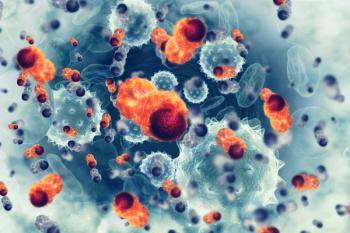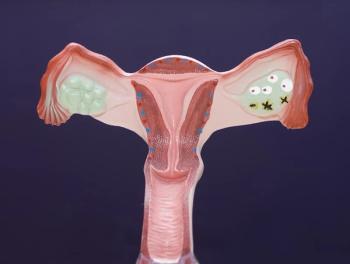
Oncology NEWS International
- Oncology NEWS International Vol 18 No 11
- Volume 18
- Issue 11
Bone marrow aspiration enhances detection of leukemia cells
Scientists in New Mexico are experimenting with a nanotechnology device that quantifies the amount of nanoparticle-bound tumor cells in a tissue sample and offers increased sensitivity to minimal residual disease (Cancer Res 69:6839-6847, 2009).
Scientists in New Mexico are experimenting with a nanotechnology device that quantifies the amount of nanoparticle-bound tumor cells in a tissue sample and offers increased sensitivity to minimal residual disease (Cancer Res 69:6839-6847, 2009).
The marrow biopsy needle targets tumor cells with nanoparticles and then preferentially extracts the cells with a magnetic needle. The group used anti-CD34 antibody loaded magnetic nanoparticles to detect CD34-positive cells as an indicator of leukemia. To quantify the cells recovered, they coupled this nanoparticle-mediated fishing for leukemic cells with the Superconducting Quantum Interference Device (SQUID).
The work is a collaborative effort between Senior Scientific and the University of New Mexico Health Science Center, both in Albuquerque.
Articles in this issue
about 16 years ago
Measure for measure: How to make practice benchmarks meaningfulabout 16 years ago
Ultrasound targets lymph node recurrence in breast cancerabout 16 years ago
JAMA article reignites debate over screeningabout 16 years ago
Moving at the speed of scienceNewsletter
Stay up to date on recent advances in the multidisciplinary approach to cancer.


















































































